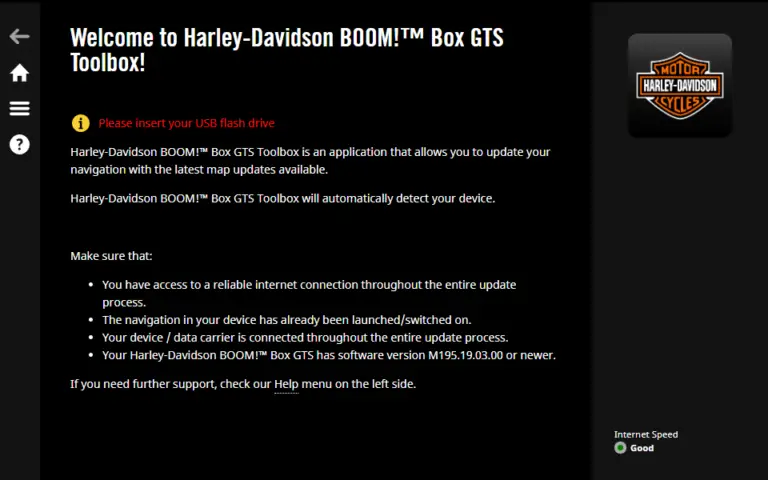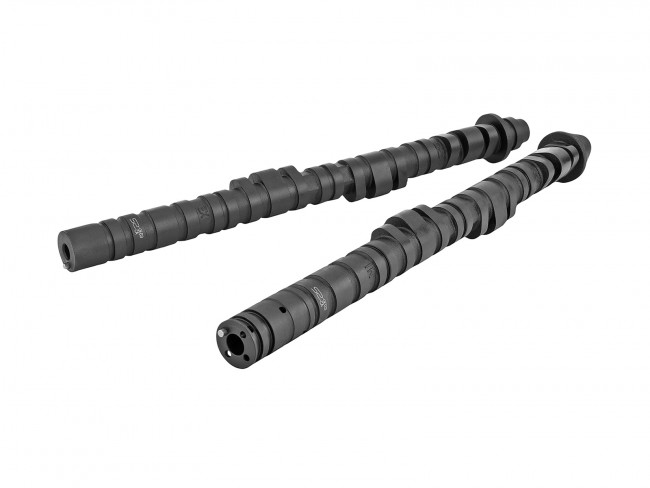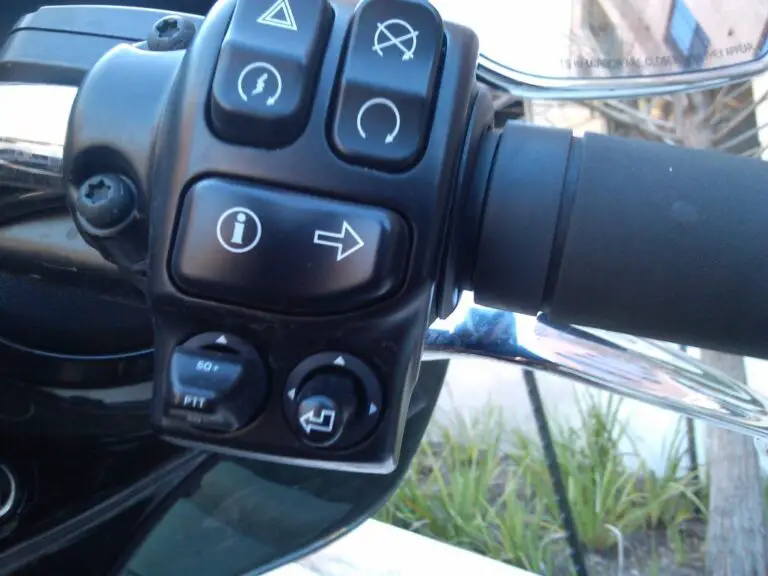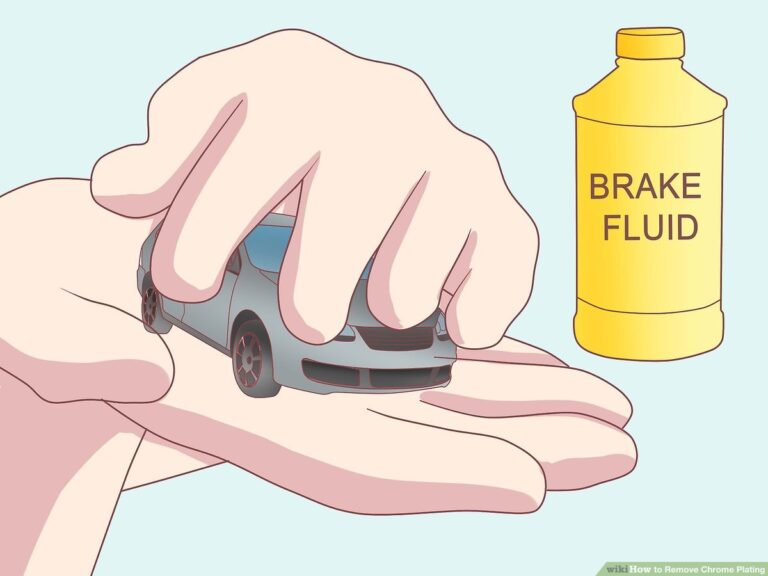An air suspension compressor may not turn on due to electrical issues or a faulty compressor. Check the fuse, relay, and wiring before considering a replacement.
Understanding why your air suspension compressor isn’t activating is crucial for maintaining your vehicle’s ride quality and comfort. The compressor is the heart of the air suspension system, and any malfunction can significantly impact performance. Drivers experiencing this problem should promptly investigate the electrical connections, including the fuse and relay, as these are common culprits.
It’s also essential to inspect the compressor for signs of damage or wear. Ensuring the system is free from leaks is another vital step, as these can cause the compressor to overwork and eventually fail. Quick diagnostic checks and addressing these issues can help avoid more extensive and costly repairs while keeping your vehicle’s suspension system in optimal condition.
Introduction To Air Suspension Systems
The heart of an air suspension system is its compressor. This device pumps air into the system’s springs, maintaining a smooth and stable ride in a vehicle. Without a functioning compressor, the entire system fails to perform.
Recognizing signs of a faulty compressor is key to avoiding costly repairs. Symptoms may include an unusual noise, the vehicle sitting low, or a warning light on the dashboard. Ignoring these signals can lead to further damage.
| Component | Function | Importance |
|---|---|---|
| Air Compressor | Pumps air | Crucial |
| Air Springs | Support vehicle weight | Core |
| Sensors | Monitor ride height | Vital |

Credit: rennlist.com
Troubleshooting The Air Suspension Compressor
Air suspension compressors need a good power supply. Check if fuses are intact and current flows. Blown fuses often cause compressor issues.
Next, look at the compressor relay. Ensure all electrical connections are secure and clean. Loose wires can stop compressors from starting.
Listen for hissing or whistling sounds that suggest air leaks. Leaks can prevent proper pressure build-up. Using soapy water, spray it on the air strut surfaces and look for bubbles. This will show where the air might escape.
Last, confirm the compressor’s own health. Check for visible damage or wear. Also, listen for strange noises when it tries turning on. These could signal internal mechanical faults.
Solutions And Repair Options
Facing issues with your air suspension compressor not powering up? Performing a simple check on electrical connections can often resolve the problem. Look for blown fuses or loose wires that may need tightening or replacement. Listen for unusual sounds from the compressor, which could suggest internal wear or damage.
Seek professional help if the compressor remains unresponsive after basic troubleshooting. Mechanics can diagnose deeper issues, often requiring specialized tools and knowledge. They ensure your vehicle’s safety and proper functionality.
Analyze the cost of OEM replacements versus aftermarket compressors. Aftermarket units might offer significant savings. Contrast these savings with potential longevity and warranty considerations to make a smart choice.
Commit to regular checks on air suspension components. This practice helps spot early signs of wear. It helps keep your system operational and avert more costly repairs down the line.
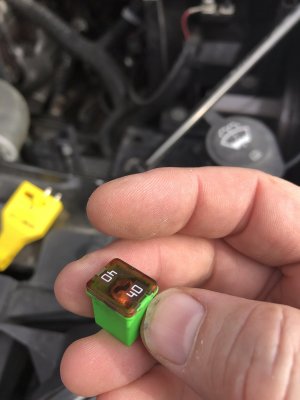
Credit: www.tahoeyukonforum.com

Credit: www.amazon.com
Frequently Asked Questions On Air Suspension Compressor Not Turning On
Why Isn’t My Air Compressor Turning On?
Your air compressor might not turn on due to a tripped circuit breaker, faulty power supply, or an overheated motor. Check for any loose connections and reset the thermal overload switch if necessary.
How Do I Know If My Air Suspension Compressor Is Bad?
To diagnose a bad air suspension compressor, check for unusual noises during operation, a sagging vehicle stance, or a longer time to inflate the air springs. Persistent warning lights on the dashboard may also indicate a malfunction.
How Do I Reset My Air Lift Compressor?
To reset your Air Lift compressor, turn off the unit, disconnect the power, wait a few minutes, reconnect the power, and then turn the unit back on. Always refer to the manufacturer’s manual for specific instructions.
How Do You Test An Air Suspension Compressor?
To test an air suspension compressor, first, check the system fuse and relay. Listen for the compressor activating when raising the vehicle. Next, inspect for air leaks with soapy water. Lastly, ensure proper pressure build-up and consistent operation. If issues persist, seek professional diagnosis.
Conclusion
Troubleshooting an air suspension compressor can be daunting, yet essential for vehicle performance. Remember, regular maintenance is key to avoiding unexpected failures. If you’re facing issues with your compressor not engaging, review the tips provided and seek professional help when needed.
Drive smoothly and keep that compressor in check!
